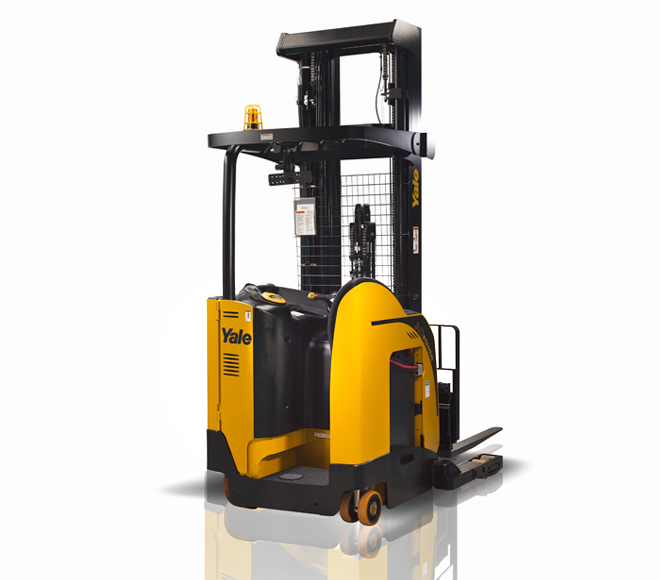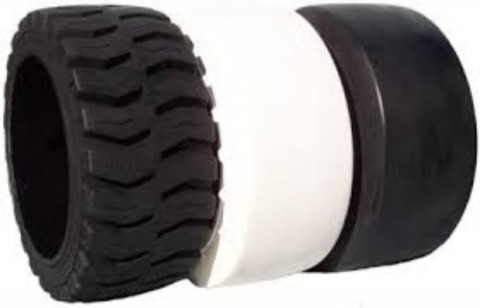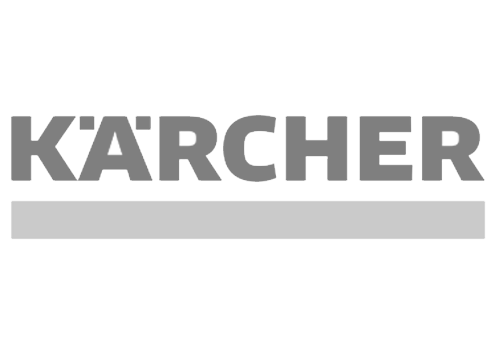
Do You Know the Best Caster & Load Wheel for Your Application?
Selecting the right casters and wheels for your Reach Truck, Order Selector, Turret or Pallet Jack can improve longevity, prevent downtime and increase productivity. Taking time to review the environment and operation can easily decide the best Load Wheel for your specific application. Selecting the best overall caster and wheel choice will be based on a few factors that will ensure smooth operation and longevity.
Factors That Impact Which Caster & Wheel Is Best For You
Load Capacity
First you will need to determine the heaviest load that will be supported by casters. Next you will take this minimum caster capacity and divide it by the number of caster under the load. Keep in mind that it is not always as easy as dividing by total number of casters, because there may be situation in which there will only by three wheels supporting the load at any one time. So make sure to include a safety factor, and divide by one less caster.
Operating Surface
Determining the different types of floor surfaces the casters will operate is crucial to selecting the best product. Coarse bumpy floors will put more wear on your wheels and caster rigs resulting in uneven distribution after time. Check for cracks, joints, and ridges between rooms, larger wheels may be necessary to bridge gaps in flooring or to efficiently transition between different flooring.
Floor Protection
Selecting the proper wheel may be a tradeoff between price, load capacity and floor protection. Although choosing the lowest priced wheel may seem like the best option if it has the correct load capacity you need, they might be damaging to your flooring. Steel wheels generally have a high capacity but can damage concrete and wood floors. Polymer wheels usually have a lower load rating than steel but offer more protection against damaging floors. Rubber wheels often leave behind skid marks on finished floors and concrete. A hard polyurethane or softer non-marking polymer wheel may be your best choice if floor protection is a major concern.
Rolling Ease
Regardless the type of flooring you have, the larger the wheel and harder it is the easier the wheel becomes to roll. Ball bearing are easier the roll however roller bearings can carry the heaviest loads. If rolling ease is high on your list we recommend using the largest ball bearing wheel with required capacity.
Rolling Speed
Casters are nearly always rated at walking speed. Higher speeds will lower bearing capacity. So for higher speed power propelled application remember caster load rating will be significantly reduce. Remember, the higher the speed, lower the capacity.
Operating Environment
The type of operating environment will affect the life you your wheels and casters. Special finished, bearings and other options may be needed to accommodate environments with high dust, humidity, water, corrosives, extreme temperatures, and rough floor conditions.

Wheel Types
Metal
Drop forged steel, sintered iron or cast iron. High capacity on rough and littered floors, easy rolling, high noise and high impact resistance.
Mold-On Rubber
Rubber tread bonded to cast iron core.
Medium to heavy loads on hard & rough floors, quiet, good floor protection
Solid Rubber
Hard or soft rubber tread molded to hard rubber core
Light to heavy loads on hard surfaces and carpeting, resists oil & water
Mold-On Polyurethane
Polyurethane tread molded to aluminum, steel or polypropylene core. Light to heavy loads on hard & uneven surfaces, quiet, max floor protection, resists abrasion
Polyolefin
Molded polypropylene plastic. Light to heavy loads on hard surfaces and carpeting, easy rolling, resists oils & grease
Phenolic
Heat set plastic reinforced with macerated canvas. Light to heavy loads on hard surfaces and carpeting, easy rolling, resists chemicals
Casters
How To Measure Caster Size
Caster size is generally measured by the size of its wheel. So for example, a 4-inch caster would have a 4-inch wheel even though the overall height will be more than four inches.
Caster Types
Casters usually come in two basic types:
- Swivel
- Rigid or otherwise known as fixed or stationary.
How To Mount Casters
Casters are mounted using attachments, they are usually a plate that is either bolted or welded in place, or a stem that is inserted into tubing. The caster must be securely fastened correctly to operate properly.
Contact Barclay Today
To learn more about selecting the right wheel and casters or to learn more options contact a Barclay representative today! Our parts and service technicians are always more than happy to help our customers make the most informed decision possible.







